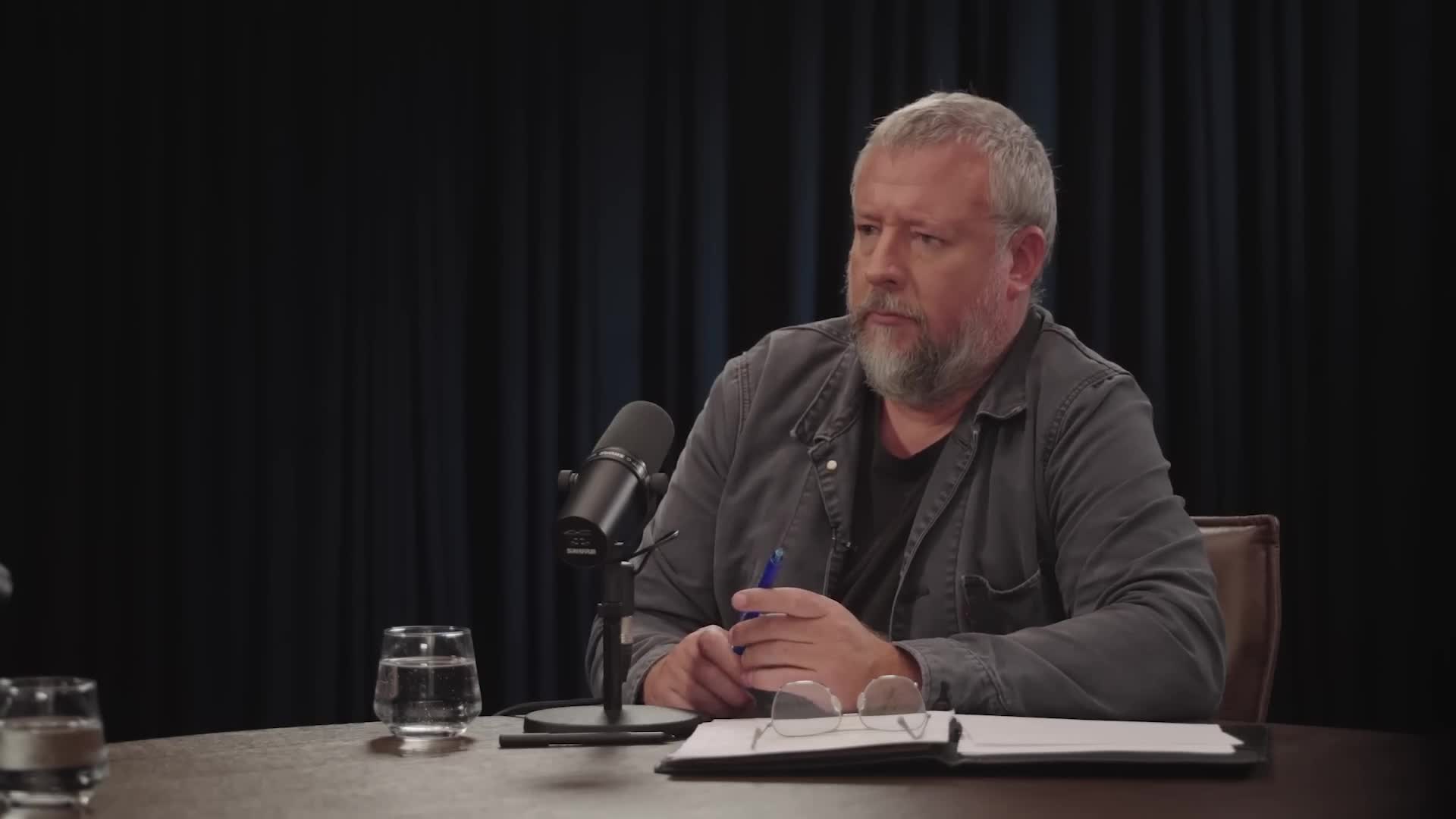Neurological Side Effects
What motivated Brianne Dressen, a Utah mother and preschool teacher, to participate in the AstraZeneca COVID-19 vaccine trial?
Brianne Dressen was motivated to participate in the vaccine trial by multiple converging factors. She had healthcare professionals in her family who expressed serious concerns about COVID-19's initial variant, reporting alarming cases of clotting disorders and heart attacks in young people at hospitals. This personal testimony from trusted medical sources created genuine fear about the pandemic's severity. Additionally, the media environment amplified these concerns with apocalyptic messaging about potential societal collapse. As someone who was fully vaccinated along with her children, and married to a PhD chemist, Dressen viewed participation as following science and fulfilling civic duty. She was already predisposed to get vaccinated and saw the trial as an opportunity to help society emerge from the pandemic with minimal damage. Her decision was further reinforced when friends successfully participated in Moderna trials, making her receptive when AstraZeneca's clinic contacted her directly for screening.
Watch clip answer (04:23m)What systemic failures occurred when government health agencies handled COVID vaccine injury reports during the trial phase?
Brianne Dressen reveals a troubling disconnect between private acknowledgment and public statements by health agencies. While the FDA and NIH were holding regular meetings and confirming COVID vaccine injuries in trial participants, these same officials simultaneously appeared in public media denying knowledge of such reactions. This represents a significant failure in transparency and accountability. Government agencies were internally documenting serious neurological complications from vaccine trials while publicly maintaining that vaccine safety concerns were unsubstantiated. The system allowed for the suppression of legitimate injury reports, creating a barrier between clinical evidence and public health communication. Such dual messaging undermines public trust and highlights the need for greater accountability in vaccine safety monitoring and reporting processes.
Watch clip answer (00:44m)What led to AstraZeneca's COVID-19 vaccine being pulled from consideration in the United States?
AstraZeneca's vaccine was removed from the U.S. market after trial participant Brianne Dressen and another person reported identical serious neurological complications to the National Institutes of Health in January 2021. Despite initial promises that the vaccine was safe and effective, these adverse events were not disclosed to participants during the trial phase. The NIH responded within 24 hours to their reports, and within 10 days, two significant actions occurred: AstraZeneca was pulled from consideration in the United States, and the NIH initiated a study to investigate neurological complications following COVID vaccines in general. This demonstrates how individual adverse event reports can directly impact regulatory decisions and public health policy.
Watch clip answer (01:22m)What adverse effects did Brianne Dressen experience after participating in the AstraZeneca COVID-19 vaccine trial?
Brianne Dressen experienced severe and immediate neurological complications after receiving the AstraZeneca COVID-19 vaccine during the phase three trial. Within an hour of injection, she developed tingling in her arm, followed by blurred and double vision, auditory distortions, and mobility issues including leg weakness that caused her to walk into doorways. Despite being assured of medical and financial support for research-related injuries, Dressen faced inadequate care from the pharmaceutical company. Her experience highlights critical gaps in vaccine trial participant support and the need for greater transparency in reporting adverse effects during clinical trials.
Watch clip answer (01:32m)


